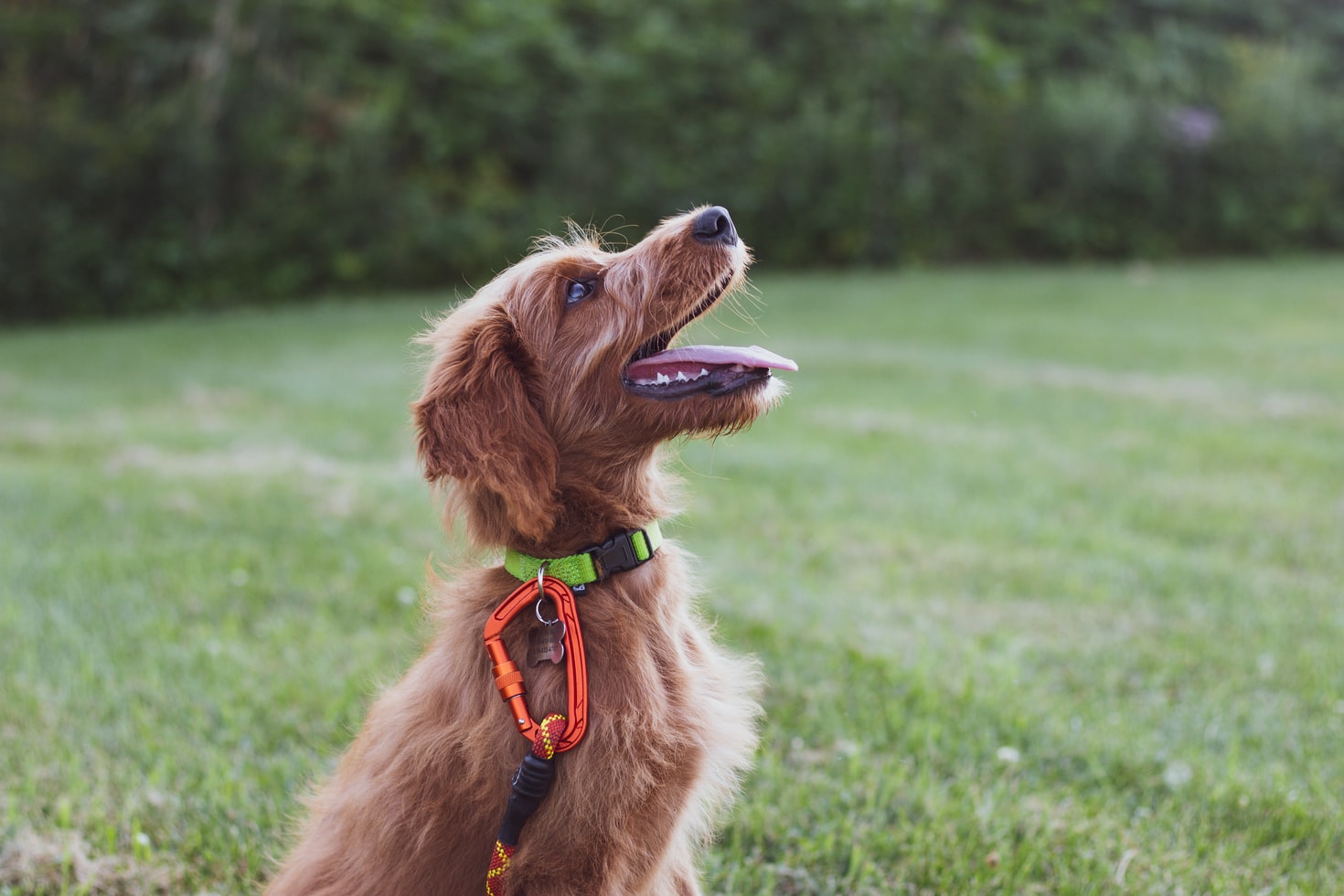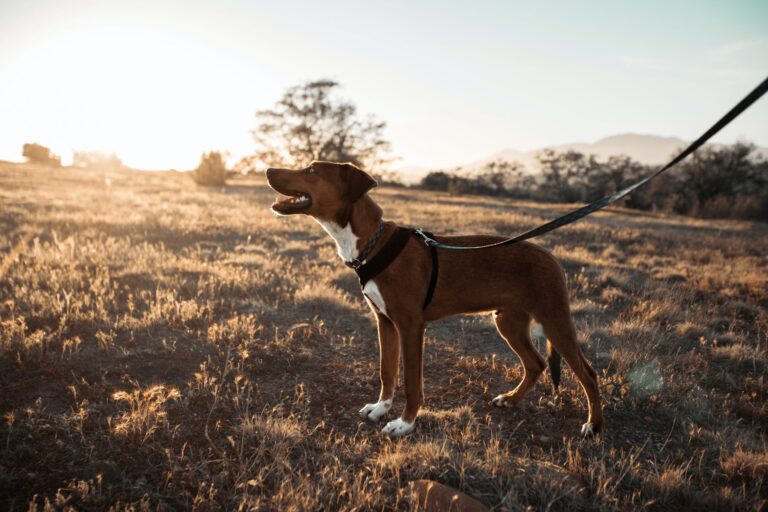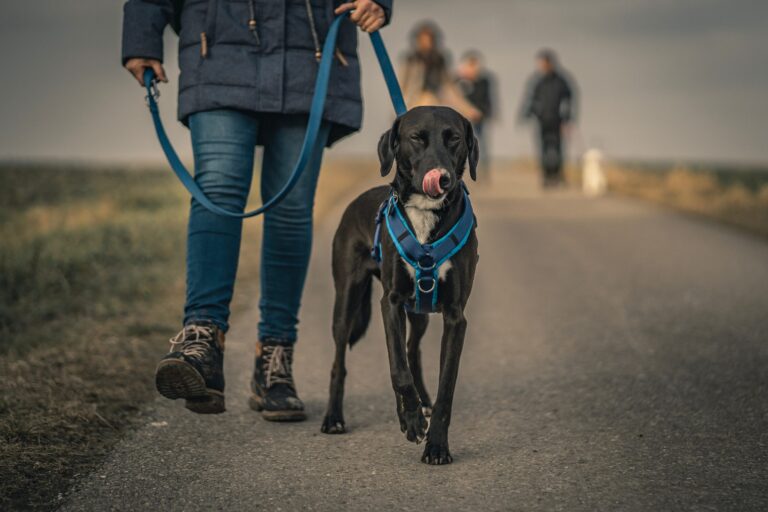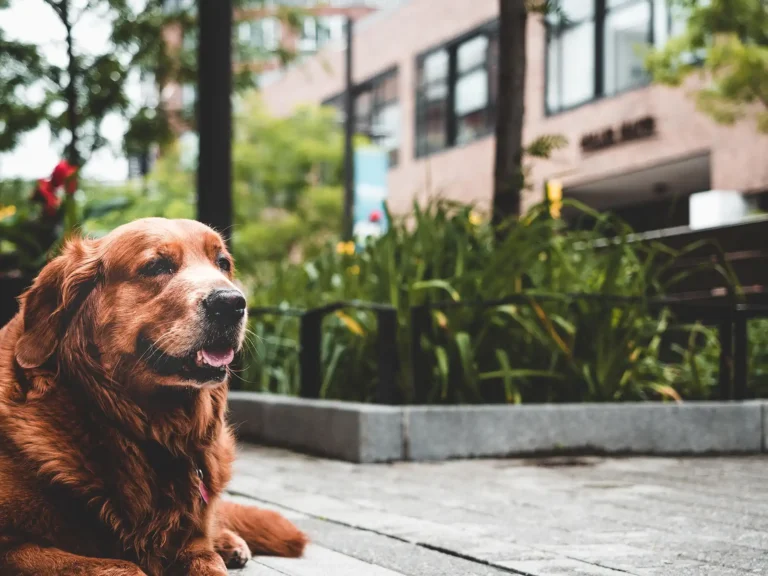Loose Lead Tips
Loose lead walking is not an easy behaviour to train our dogs. Look around and you’ll see most dogs pull on the lead. It’s really difficult for dogs to constantly slow their gait to match our walking pace. When dogs pull on the lead, they are at risk of injuring themselves or their handler. Pulling intensely on the lead elevates arousal levels leading to loss of focus and the potential for increased over reactions towards dogs, people or traffic. Here are our top training tips on how to teach your dog to walk on a loose lead.
Be Consistent! Your dog will struggle to figure out what you want them to do if you sometimes let them pull and at other times follow them when they pull
The Mutty Professor
1) Use high value treats.Your dog needs an incentive to walk next to you and small, high value treats such as cheese, chicken, sausage etc delivered to your dog when they are by your side.
2) Use the right equipment.Many dogs pull on the lead to further escape pressure around the neck, as they are unable to understand that the pressure is caused by them pulling.In some instances, using a harness can reduce pulling altogether. A comfortable H design harness will protect your dog’s neck, choose a design that allows for a full range of shoulder movement.Using a harness will not turn your dog into a Husky. Yes, they can pull more in one, but the solution is in the training-not in the equipment!
3) A short lead gives the dog little margin for error. If they take one step in the wrong direction the lead goes tight. Frequent failure may manifest in high levels of frustration, which can manifest in undesired behaviours such as mouthing. Whereas a 1.5-2 metre lead is more able to be loose, especially when the dog is learning.
4) When your dog pulls-stop!If you follow your dog when they pull on the lead, then you are reinforcing this behaviour.Move when the lead is loose and clearing bouncing or swinging around.
5)Let your dog sniff!Sniffing slows dogs down and you can move up ahead of them while the do, so they catch you up once they’re done and you walk on to the next sniff!
6) Don’t walk the same route to the park!One big motivator for your dog to pull is that they know they are heading to the park.Vary your route as often as possible.
7) Is your dog able to focus? Your dog may be more likely to pull if they are overstimulated by the environment or over aroused from running around on their walk.If a dog is fearful and trying to escape something they are scared of, it may not be fair to ask them to walk on a loose lead.8) Use a long-line
8) Use a long-line
If you are not yet letting your dog off lead in the park, then use a long line. It’s a very difficult environment for a dog to walk on a short, loose lead-so consider using a fixed length long line in the park. This is a 5-10 metre length lead that gives your dog more freedom. Regardless of the length of the lead, loose lead rules apply! Loose lead = walk and a tight lead = stop!
9) Be Consistent!Your dog will struggle to figure out what you want them to do if you sometimes let them pull and at other times follow them when they pull. You can use a discrimination cue when you are in a rush, too tired, caught out in heavy rain and desperate to get home, ran out of treats etc. My preference is to clip the lead to the front clip on a harness when you’re letting your dog pull, as it is a bit awkward and obvious. Then for training, use the back clip on a harness where your dog walks in balance.
10) Set yourself up to succeed.Training loose lead walking twice a day, seven days a week is soul destroying. It can be harder for some breeds, such as spaniels or dogs with a faster pace and larger stride.Take your dog to a location you can let them off lead or walk them on a longline to give yourself a break, then work on loose lead training a few times a week. You can then do more street walks as it gets easier










